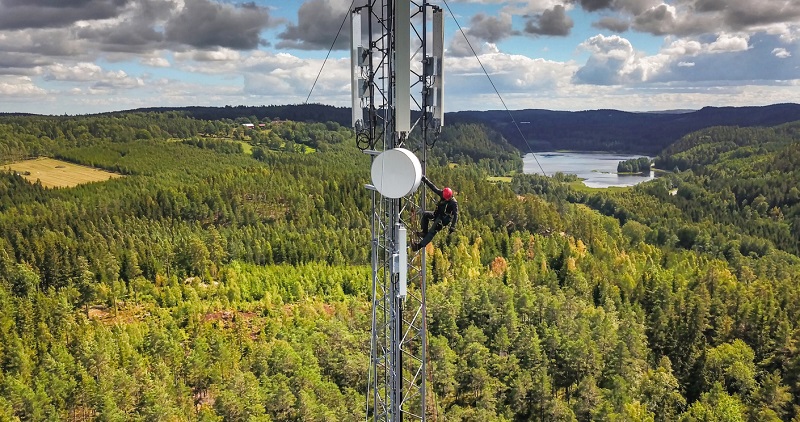Over the past five decades, fiber optic technology has improved tremendously, transforming the telecommunications industry and the broader global digital landscape. Today, fiber networks span entire countries and oceans, carrying data over vast distances at near-light speed.
In this article, we take a brief look at the history of fiber networks and then discuss what lies ahead as the technology continues to evolve.
The history of fiber networks
Fiber optic cable technology’s major breakthrough came in 1966 when two scientists, Charles Kao and George Hockman, demonstrated that glass fiber could theoretically transmit data effectively over long distances. Four years later, three Corning scientists developed a low-loss optical fiber that proved Kao and Hockman’s hypothesis, thereby setting the stage for the installation of the first fiber networks. In 1977, two networks were installed, one in Long Beach, California by General Telephone and Electronics and the other in downtown Chicago by Bell.
In the 1980s, fiber networks expanded as telecommunications companies converted to the higher capacity, cost-effective technology. Demand for fiber networks skyrocketed with the rise of the internet in the 1990s, which, subsequently, led to the installation of thousands of miles of cable all over the world. Today, these networks serve as the infrastructure on top of which the digital world is built.
What is FTTH?
Although fiber networks cover the entire globe, the “last mile” of telecommunication has been dominated by copper wiring. This, however, is changing as it is becoming less and less expensive to bring fiber optic cables all of the way to the front door of private premises and businesses. Fiber-to-the-home, or “FTTH,” describes this process of installing and using optical fibers that run from a central data source all of the way through the “last mile.”
Today, more than 13M homes in the U.S. are connected directly to fiber networks. Companies like Verizon and AT&T have invested tremendous amounts of money in FTTH deployment and Future Market Insights (FMI) predicts a 14% growth in the FTTH market year-over-year, reaching $37B by 2027.
What is 5G?
Fiber networks have been and will continue to be critical to cellular wireless technology. The next evolution in this space will feature the deployment of 5G networks, the fifth generation of mobile network technology that promises faster speeds, cleaner connections, and increased capacity for individual devices. 5G networks will provide gigabyte speeds using millimeter wave, an incredibly high-frequency that can transfer much more data but at a lower signal penetration. As a result, fiber networks will need to be much more dense in order to adequately support 5G cell deployments. This will require significant investment over the next decade.
Verizon already launched a 5G home service on October 1st and AT&T is expecting to launch a network before the end of the year. In 2019 and 2020, many other telecommunication companies, such as T-Mobile and Sprint, will also roll out 5G networks.
What’s next with fiber networks?
The obvious advantages of 5G include faster mobile devices and home internet, but there are a host of other exciting technologies that will take major strives forward.
With the increased bandwidth and low latency of 5G networks, autonomous vehicles and artificial intelligence will both be able to function without detracting from the regular flow of human life. These technologies need to be able to absorb and analyze thousands of data inputs in real-time without any hiccups or break in connectivity.
Additionally, the Internet of Things, virtual reality, and humanoid robots will also see major advances as 5G networks will be able to deliver tremendous amounts of data at high speeds, making it possible for many devices to connect and communicate wirelessly at the same time.
We’ve provided a few examples of what the future may hold, but there are undoubtedly many more implications associated with these technological advances.
We would love to hear from you! How else will 5G technology and fiber networks change our world?
If you would like to learn more about our fiber optic network management software, visit our Network Manager Telecom overview page.



 Previous
Previous



